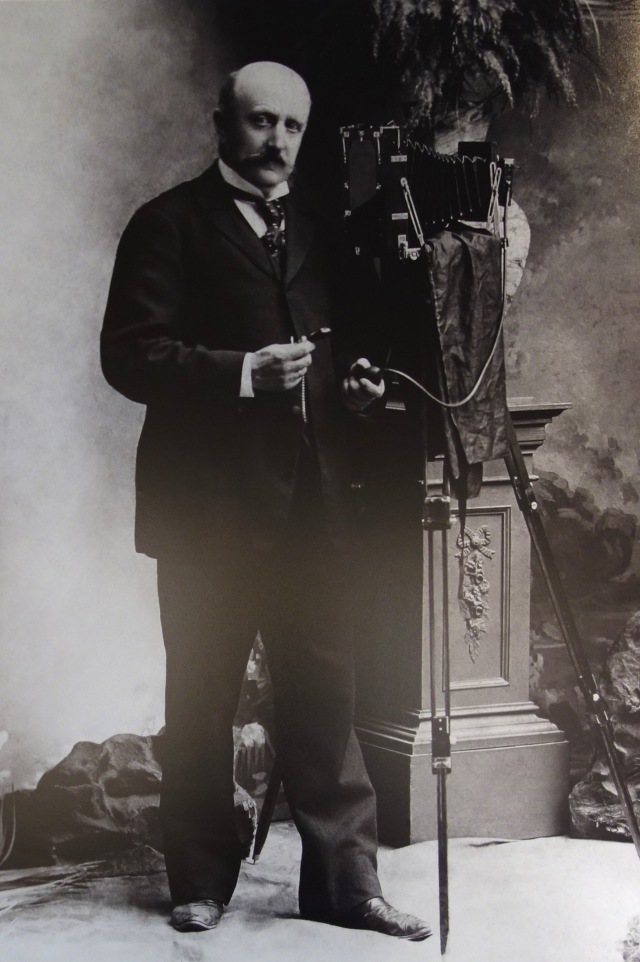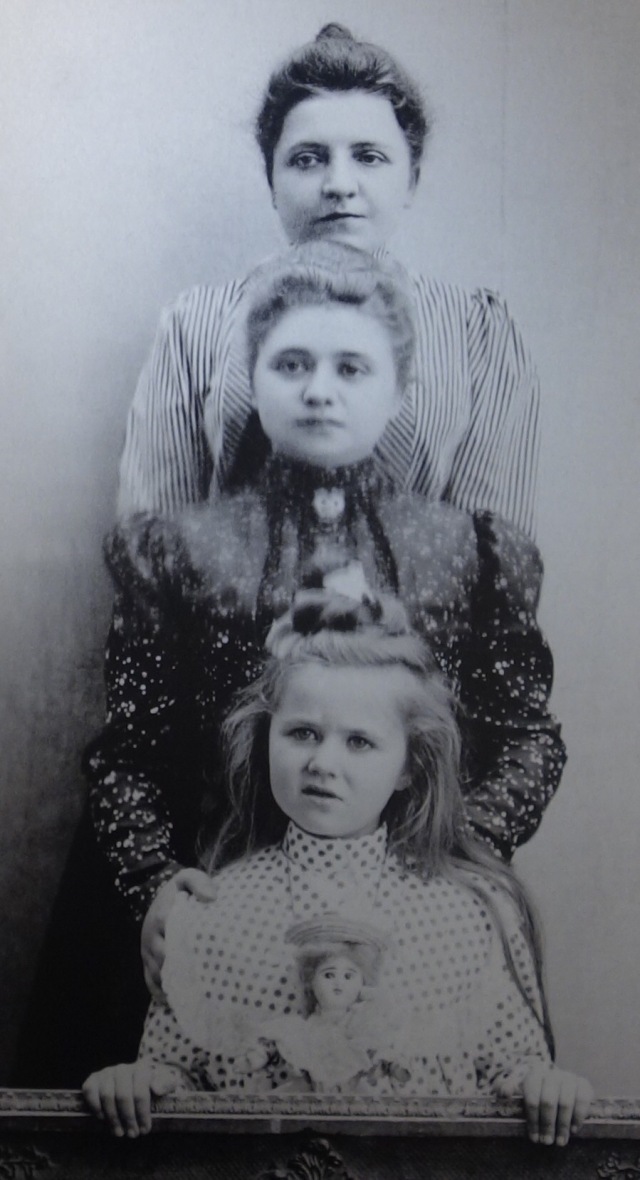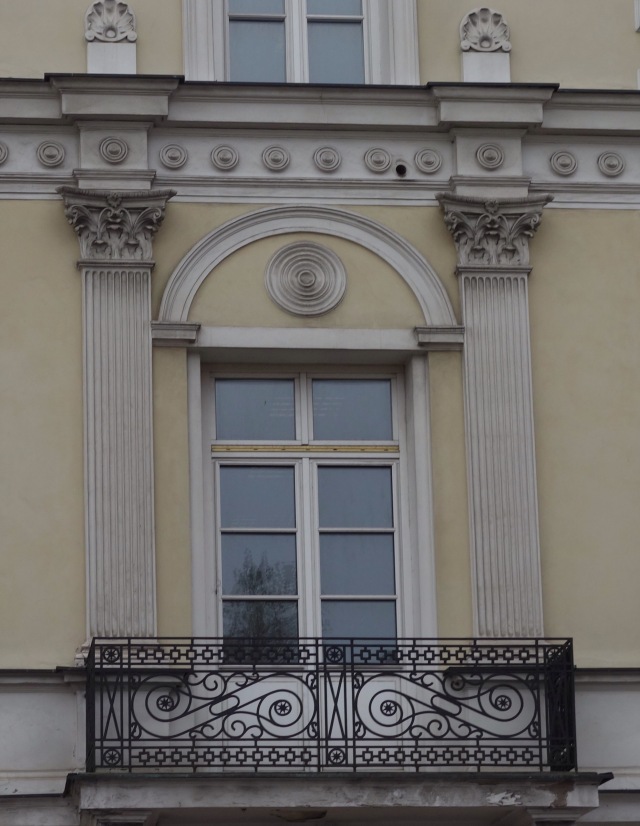An exhibition of the photos of Stanisław Kazimierz Kossakowski at the History Meeting House gave me a ticket to the past, the years between 1894 and 1904, the junction of the nineteenth and twentieth centuries. It is largely a privileged life he captures through his lens, a life of house parties, hunting, fancy dress, carriages. But he also captures the childhood of his daughter Jadwinia through intimate portraits; takes pioneering photos of the forest; and documents village life. There were 130 photos in the exhibition, beautifully and informatively curated. The bulk of his surviving collection is in Lithuania, once closely connected with Poland as the other qpart of the Polish-Lithuanian empire.
The family estate was at Wojtkuszki where he had his studio, but he also had a palace in Warsaw at the top end of Nowy Świat, until the beginning of the twentieth century one of the most elegant aristocratic residences in Warsaw.
His photos obviously appeal to people. The rooms were more crowded than I’ve seen any gallery, and people were standing in front of photos deep in conversation, a whole range of ages from geriatrics like myself to young men and women in their twenties. When I speculate about the appeal, I decide on the brilliance of the photography and the interest people have in recognising familiar places.
His photos are far better than my photos of his photos indicate.
Kossakowski Palace, ul Nowy Świat 19
From now on, I’ll be including the history of any palaces I encounter, thanks to my treasured “The book of Warsaw palaces”. My reason for intruding palatial histories? Their story reflects the story of Warsaw: the aristocracy, the repurposing, the destruction, the rebuilding, the modern usage.
Built in 1784 by a Warsaw textile merchant descended from a French Huguenot family who settled in Berlin, it had two storeys? When it was sold in 1848, the new owner added a storey, and four stone figures. The Kossakowski family bought it in 1858. In 1905 the palace was converted to an apartment house. In 1911-12 a large covered skating rink was built, later converted to a roller-skating rink. Neither of these brought in the money expected and it was converted again, to a cinema this time. In 1930, it was sold to the Warsaw Insurance Company, and during the War almost totally destroyed. Rebuilding from the foundations began in 1946. In 1968 it was taken over by the state, and in 1985 it housed the offices of the Company of Housing and Administrative Services for Foreign Diplomats. Now guess what? Kebab King, a beer and vodka drinkery and Costa Coffee have taken up residence at street level.
The first photo shows the palace in 1900 from Branicki Palace on the other side of the road: about where I stood to take the remaining photos on a gloomy day in November, 2016, my first day of cold feet, despite alpaca socks.















I love looking at photos of the ‘olden days’ and some of these have a lot of charm. Wonderfully winsome kidlets 🙂 🙂
LikeLiked by 1 person
I love these photos, the peoples faces are endlessly fascinating, particularly the biggest of the two boys on the steps, he face looks much older than he is. And the clothes, the lady in the striped gown, how brave to wear that, imagine in colour.
The palace history is remarkable, it saddens me to see grotty shop fronts on old buildings, but I suppose they have to be used for something.
LikeLike
Apparently there were always group photos at the end of a house party, and each guest got a copy. I like the fact that while these photos are obviously posed they are pleasingly arranged, and people don’t look as tense as they often do in photos of the period. I’m particularly envious of the forest photo.
LikeLike
Looks like a great exhibition….I agreed with Gilly re fascinating faces and being saddened by horrible modern shopfronts on old buildings. Keep up the good work with giving us the history of places, Meg!
LikeLike
I’m glad you want more palace history – you’ll be getting it anyway!
LikeLiked by 1 person
Yippee!
LikeLike